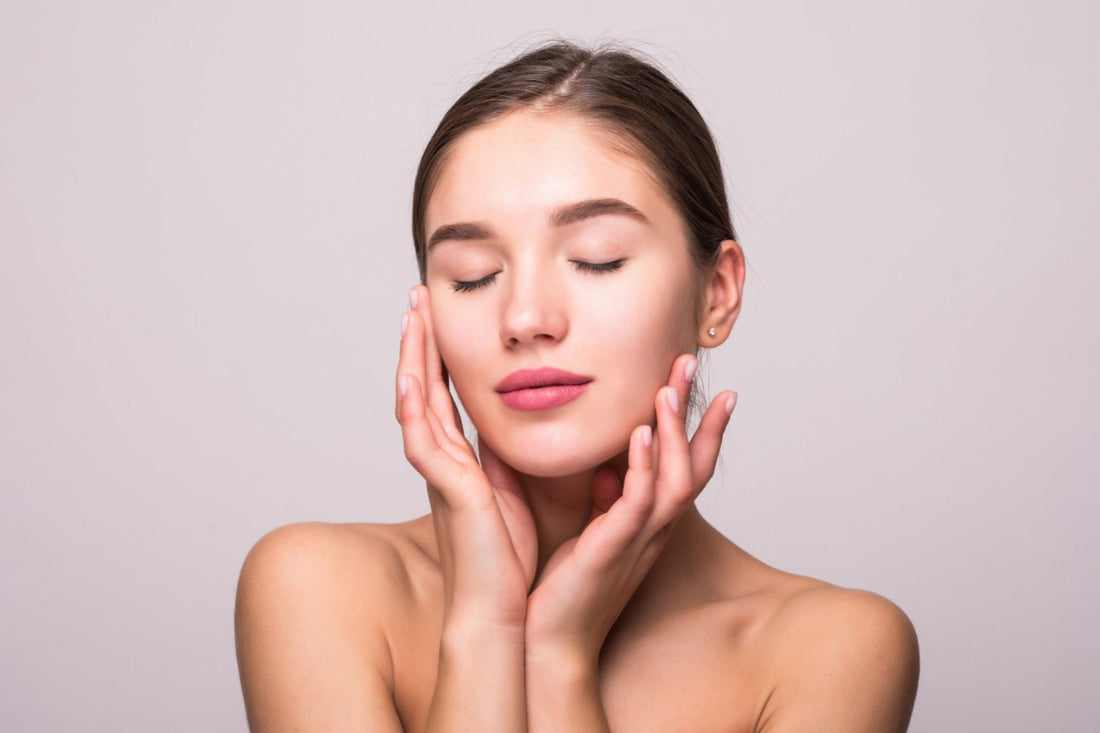Discover the best face oil for oily face and why it deserves a spot in your beauty routine
Did you know that applying face oil on an oily face can actually make your skin less greasy? Excess oil production means that your skin is dehydrated. Using harsh toners can further strip your skin and worsen it. A face oil can trick your skin into believing that there is sufficient moisture and prevent excess sebum production by acting as an astringent.
What is face oil?

Face oils are a blend of powerful ingredients that deliver vital vitamins, fatty acids, and minerals to the skin. Not only do they fight against photo-ageing and pigmentation, but also heal and repair the skin barrier. This allows our skin to be more receptive to other skincare products like moisturisers and serums, and increases their efficacy.
The main function of face oils is not to hydrate, but to seal the moisture and hydration that we receive from humectants such as hyaluronic acid and glycerin. The right face oil can make a major difference to your skin’s health, even if you have an oily face. It can plump and nourish the skin like no other beauty product on your shelf. The key is to use the right product.
What ingredients should you look for in face oil if you have an oily face?

If you have an oily face, here are the six ingredients that you should look for in a face oil:
- Macadamia nut oil: It is light, non-greasy, and helps regulate sebum production.
- Sweet almond oil: It contains fatty acids that help dissolve sebum and prevent pimples.
- Avocado fruit oil: It delivers hydration and seals moisture without leaving an oil residue, reducing the risk of acne.
- Passion fruit oil: It comprises fatty acids and antioxidants and moisturises the skin without clogging pores.
- Brazil nut seed oil: It replenishes and nourishes the skin and helps treat acne.
- Jojoba oil: It is a lightweight oil that gets easily absorbed into the skin. It also helps break down sebum and dislodged blackheads and whiteheads.
Which is the best face oil foI an oily face?

Just because your skin is oily does not mean that it is hydrated. And while you may continue your search for ‘oil-free moisturisers,’ incorporating a facial oil can actually provide your skin with the right moisture.
For oily skin, plant-based oils are all-natural goodness. They are lipophilic, which means that their small molecular size allows deeper penetration of the product into your dermis. This helps the hydration to reach various skin depths.
Try the Dr. G Face Oil. It contains dry oils like jojoba that regulate and normalise oil production. This product is rich in fatty acids, which allow easy absorption of the oil without leaving a heavy or greasy feeling. Expect it to rejuvenate lack-lustre and dull skin, thanks to its exhaustive list of nourishing oils.
How to use face oil, if you have an oily face?

Here is how you should apply face oil for a radiant and luminous complexion:
Cleanse: Wash your face thoroughly to get rid of any pollutants or dirt that could clog your pores. If necessary, double cleanse. Try an oil-based cleanser like the Dr. G Sebum Control Face Wash that gently cleanses dislodged pores and helps prevent future breakouts.
Moisturise: Once your skin feels clean, apply a water-based product like a serum or a moisturiser. It is important to note that face oils are not a replacement for moisturisers, no matter how hydrating they are. If you are looking for an all-natural moisturiser for combating acne and excess oil, try the Dr. G 99% Aloe Hydra Gel.
Apply face oil: Use face oil to seal all the moisture. Apply only a few drops. It is imperative to remember that with face oils, less is more. If your skin is new to face oils, try easing yourself into the whole process. Using too much can cause congested pores, especially if you have sensitive skin or overactive sebaceous glands. Finish with sunscreen.


